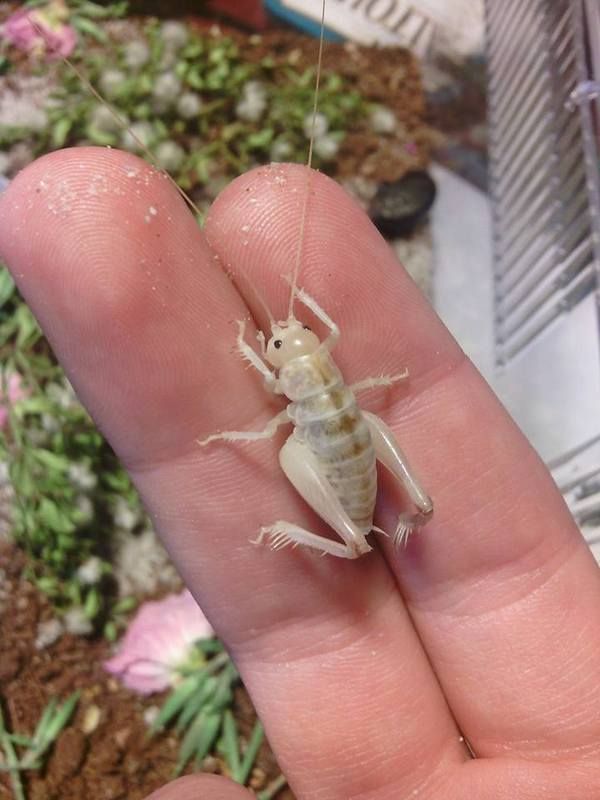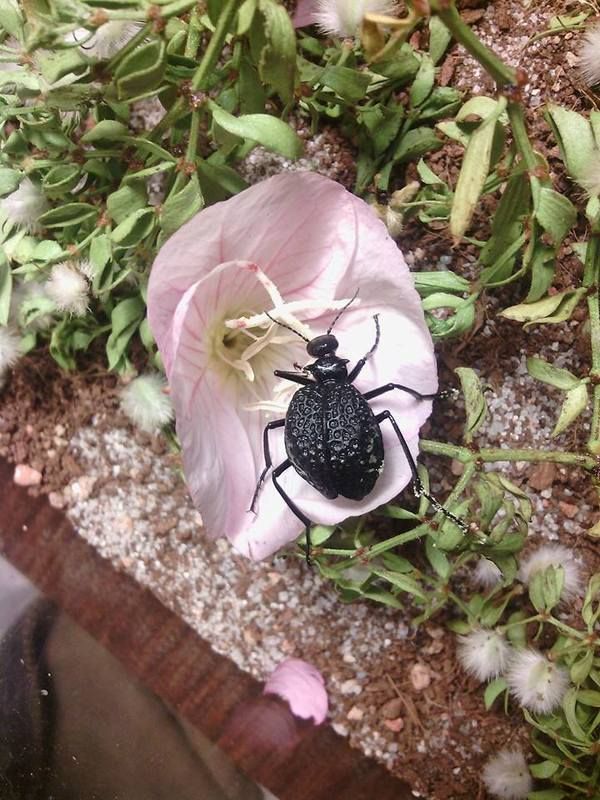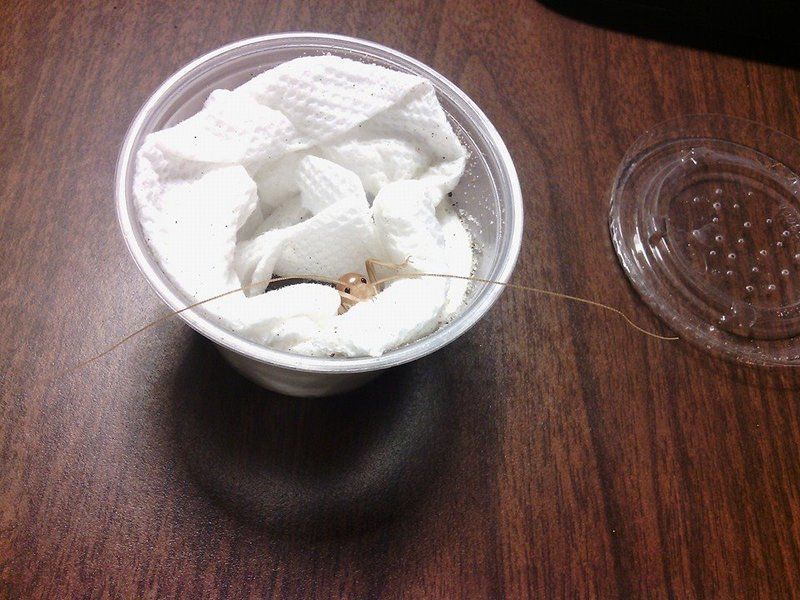- Joined
- Nov 25, 2011
- Messages
- 4,226
Looks like a Euthyrhynchus floridanus nymphI thought this was interesting
View attachment 137121
Looks like a Euthyrhynchus floridanus nymphI thought this was interesting
View attachment 137121
That looks like it! Thank youLooks like a Euthyrhynchus floridanus nymph








gonna assume these are from the same family as Jerusalem crickets?I was breeding ceuthophilus back in winter.
C. californianus adult male:



One of his offspring:

Same Infraorder, different families. http://bugguide.net/node/view/595687/bgpagegonna assume these are from the same family as Jerusalem crickets?
Thanks ill have to look up on these a bit.@Smokehound714: Cool! Are you still breeding them now?
Same Infraorder, different families. http://bugguide.net/node/view/595687/bgpage
Ah ok, hope you can find more once fall arrives!Ive already sold all my specimens.
Ill likely have to wait til fall/winter to find more.
You definitely should, cave crickets are usually easy to keep, and make cool pets! Unfortunately most species aren't predatory, though that makes them easier to keep I guess.Thanks ill have to look up on these a bit.

This one is really cool
^^-- Cysteodemus armatus, the "spider", or "inflated" blister beetle. It's a shame they're virtually impossible to breed, all they need are soft fruit and hibiscus flowers. (they'll eat any malvaecaea)







They actually have an interesting reproductive strategy, The females, when ready to mate, will form small 'leks' on a hummock, and they'll wait for a suitable male to court them. If he's successful and they like his drumming, they'll accept him and he'll take control of his 'harem' for a short period, mating and ensuring other males dont mate with them. I'm unsure if females naturally tolerate each other, or if instinct just tells them not to kill each other during the breeding season, information about this genus is extremely lacking.Man I wish I had some of those!Wonder how you're supposed to breed them... anyway, when your eggs do hatch you should put all the little containers in a big one, to make things a little easier to move around. You could also maybe get one of those craft boxes with all the compartments, though I'm sure they would jump out real easily then. P.S: if you find yourself with excess of these, I'd love to take a few off your hands.
